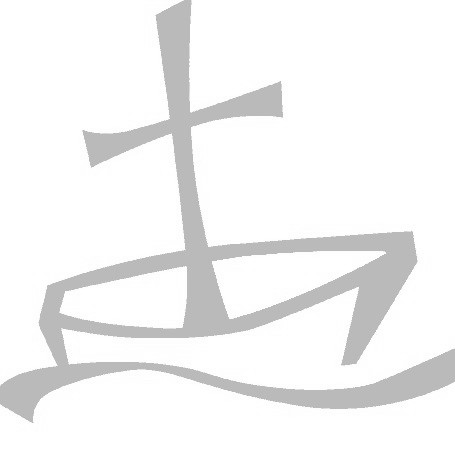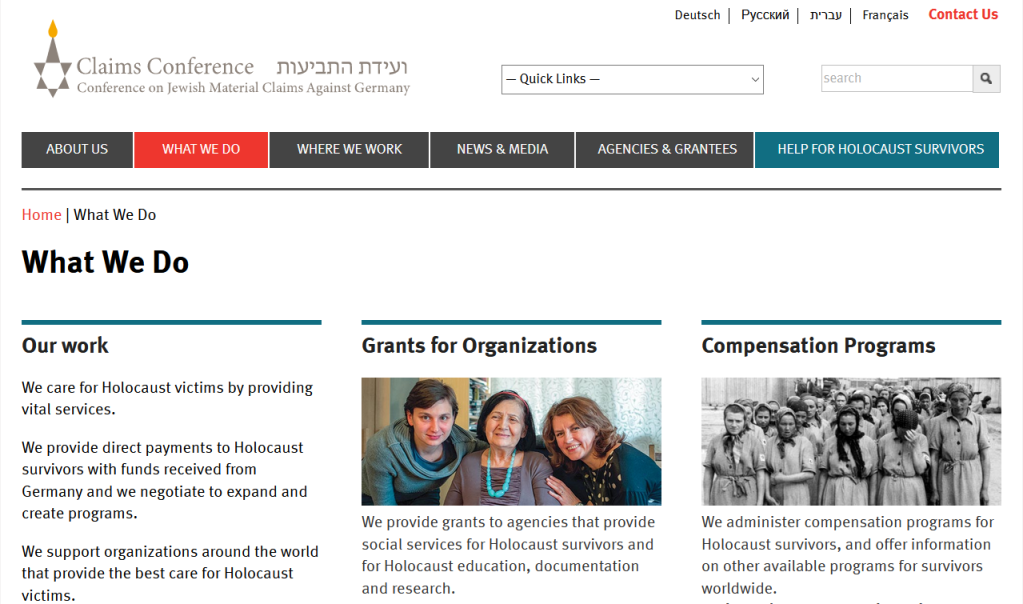Holocaust survivors receive German reparations to this day
(Crossposted with permission from Healing Minnesota Stories blog)
Part of an ongoing series exploring reparations
By Vic Rosenthal and Scott Russell
Sarah (not her real name) was a teenager in Radom, Poland when Germany invaded her country in September, 1939, the start of World War II.
Now a U.S. citizen in her 90s, she remembers living in extreme poverty and constant hunger in the Radom ghetto. Many men were taken away and never seen again. Sarah was forced into slave labor, her brother taken away. She and her mother were sent on a death march to Auschwitz and later Bergen Belsen.
“More than five years in ghettos with poverty and starvation and two death marches, but I survived,” she said. “I don’t know how.”
Germany started making reparations payments to Holocaust survivors back in the 1950s, and continues making payments today. Some 400,000 Jews who survived the Nazis were still alive in 2019. That year, Germany paid $564 million to the Claims Conference, which handles the payments.
In Germany, the reparations program is called the Wiedergutmachung (literally “making the good again”), according to the 2006 book “The Handbook of Reparations. In Israel, it’s simply called Shilumim (the payments). The book called Germany’s effort “the largest, most comprehensive reparations program ever implemented.”
Germany’s reparations work went beyond money; it included a commitment to ongoing truth telling and outlawing the Nazi Party.
Sarah asked her real name not be used. Her story gives a small window into reparation’s complexities. For many, the money helped them out of poverty. For Sarah, the money offered was minimal; the decision to accept it anything but straight forward.
She was a Polish citizen, not German. German reparations didn’t cover her family’s stolen Polish property. When eventually offered reparations for her forced labor, she refused at first. The payment was minimal, the conditions demeaning; they wanted to see her U.S. tax returns.
“I worked as a slave laborer for five years, eight months, and two weeks and all they were providing was a few thousand dollars,” she said.
Sarah finally accepted the funds around 2004 to help one of her grandchildren with college expenses.
“I didn’t take the money as reparations but rather as compensation for my labor,” she said. “I didn’t want anything from the German government.”
Even before World War II ended, discussions were underway to hold Third Reich leaders accountable for concentration camp horrors and the murder of millions. There was no international forum for accountability; the United Nations and World Court had yet to be created.
The United States, Russia, Great Britain, and France together prosecuted the worst offenders in what came to be called the Nuremberg Trials, a series of 13 trials that ran from 1945-1949. (An international tribunal conducted the first trial, a U.S. military court conducted the others.)
These trials’ extensive testimony brought the Nazi’s utter cruelty into the light of day. It was a form of truth telling and public education, though not on par with more recent truth and reconciliation efforts.
The trials resulted in many death sentences, including Nazi leader Hermann Göring. Other defendants received prison sentences for a variety of crimes. Prosecutors convicted doctors who committed war atrocities. They convicted industrial leaders for using forced labor and war profiteering.
Just months after World War II ended, Jewish leaders pressed for reparations. The West German government negotiated with them and the new State of Israel and proposed a reparations plan.
Accepting reparations was hotly contested in Israel. In the Knesset, Menachem Begin and the Herut Party opposed the payments, considering them “blood money.” In a 61-50 vote, Israel agreed to negotiated with West Germany on reparations.
Under the agreement, West Germany would pay $100 million for individual reparations administered by the Claims Conference, paid over 14 years, according to the Jewish Virtual Library. Israel would receive $745 million: 30 percent to buy United Kingdom crude oil and 70 percent to buy metals, steel, and other products from Germany.
After the initial agreement, reparations work expanded. For instance, in 1988, Germany approved money so Holocaust survivors would get $290 a month for the rest of their lives.
In the 1990s, “Jews began making claims for property stolen in Eastern Europe,” according to the Shoah Resource Center. “Various groups also began investigating what happened to money deposited in Swiss banks by Jews outside of Switzerland who were later murdered in the Holocaust, and what happened to money deposited by various Nazis in Swiss banks.”
Survivor groups also pressed claims against companies that profited from wartime forced labor, including Deutsche Bank, Siemens, BMW, Volkswagen, Ford, and Opel, the Center said. In early 1999, the German government announced a program to help Holocaust survivors, funded by these companies.
Last year, the German government committed $662 million to Holocaust survivors struggling because of the pandemic, persecution, and their age.
As part of reparations, Germany has gone to great lengths to make sure its citizens won’t ever forget what happened. It’s established memorials and landmarks across the country marking where Jewish people were rounded up or synagogues destroyed.
There’s the Holocaust Memorial near Berlin’s Brandenburg Gate, the Buchenwald Memorial, the site of a concentration camp near Weimar, and the Topf and Sons building in Erfurt, which made the crematorium ovens for concentration camps, the only memorial to highlight civilian collaboration in the Holocaust.
In 1994, eight Protestant regional churches erected the Dejudaization Institute Memorial.
The memorial remembers the churches’ responsibility for promoting anti semitism during the Nazi regime, and the “Institute for the Study and Eradication of Jewish Influence on German Church Life” they founded.
In English, the inscription means “We went astray,” a quote from a 1947 Protestant confession of guilt, Wikipedia said. The memorial’s cut-out spaces symbolize efforts at the time to eliminate references to Judaism from the Christian Bible and Protestant hymnals.
Germany has no memorials to Nazis.
Most of Sarah’s family perished during the war. Her mother, father and brother survived. Her mother died in Germany shortly after the war. After time in displaced persons camps, her father and brother emigrated to the United States in 1949; Sarah and her husband joined them in 1950.
As a Holocaust survivor, she has reflected on reparations for the descendants of former slaves and their families. Again, she focuses more on compensation than reparations. She believes the U.S. government has a lot to do to “tell the truth” about slavery, Jim Crow, and all of the indignities suffered by Black people and Native Americans.
For her, truth telling or acknowledgement is even more important than the money. But, she adds, it’s something that all individuals have to decide for themselves.
In 2020, the Minnesota Council of Church’s Board voted unanimously to launch a multi-year effort at truth telling, education and repair with Indigenous and African American communities. The goals include building relationships, creating an accurate, common narrative of our history, and bringing about systemic change. This blog series is in service of that work.






